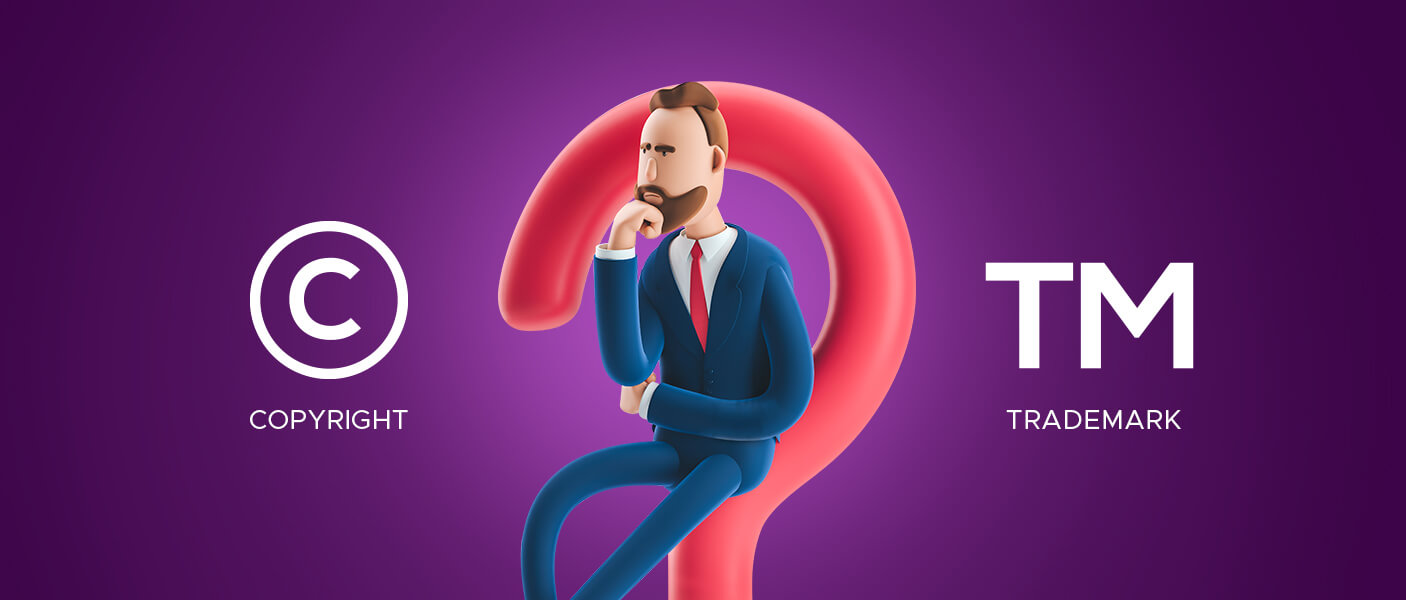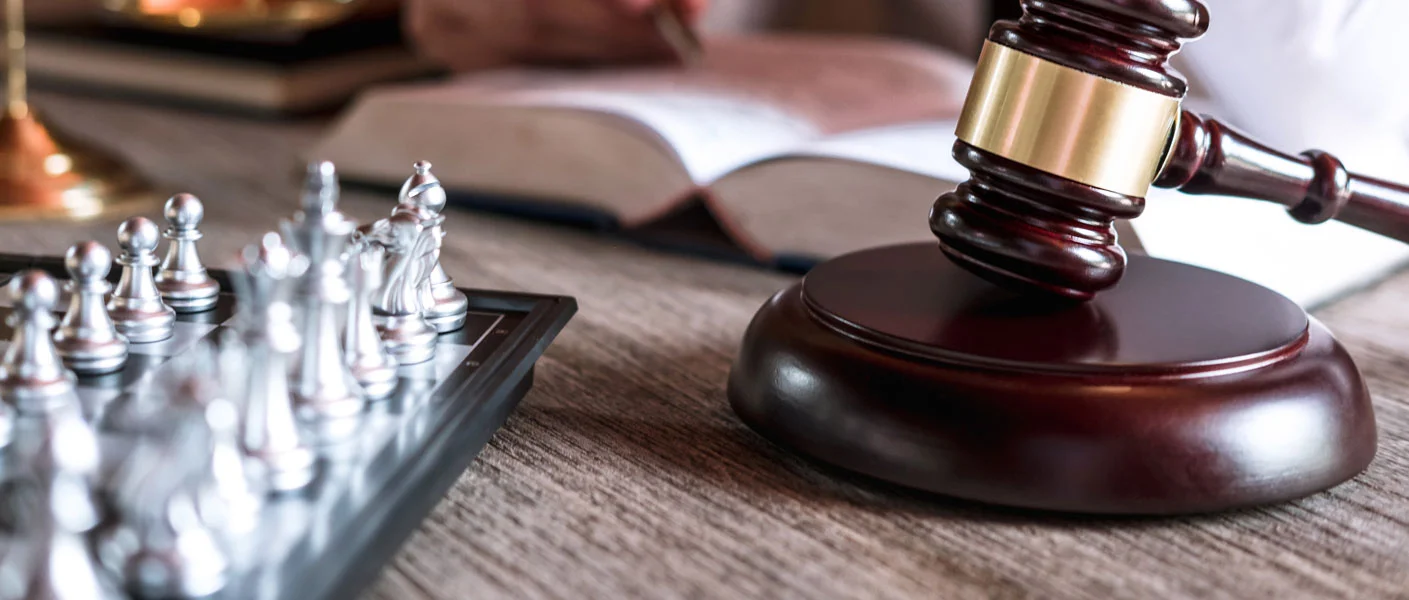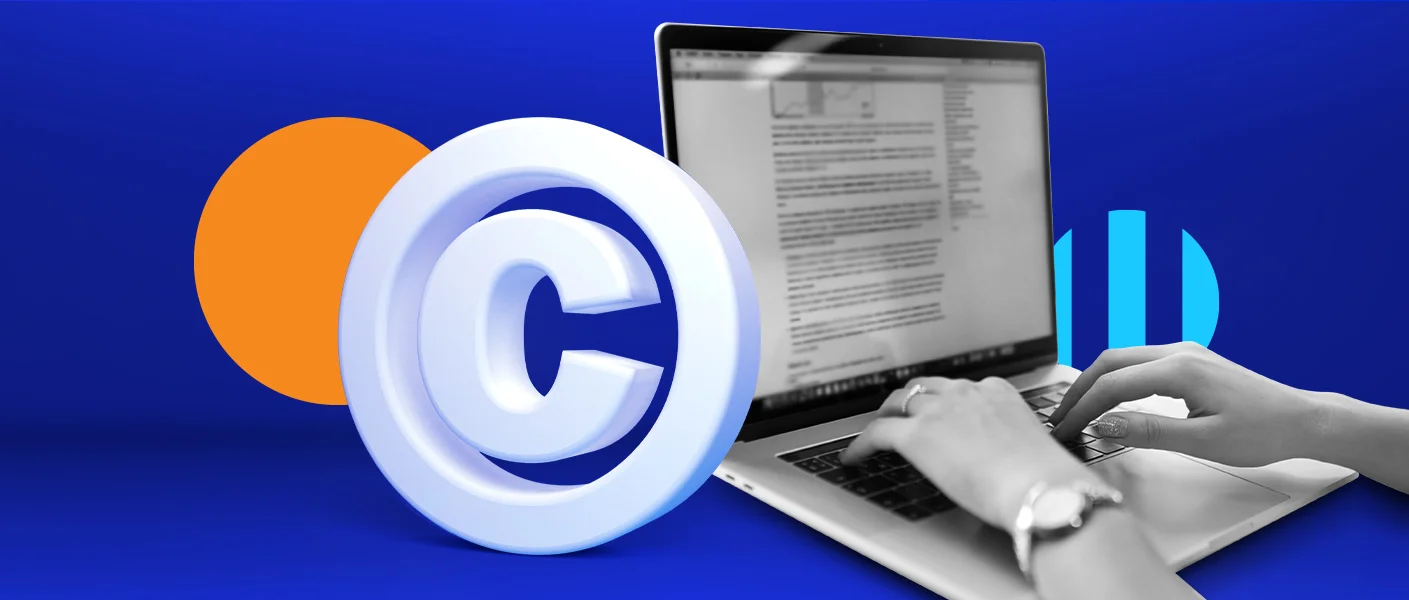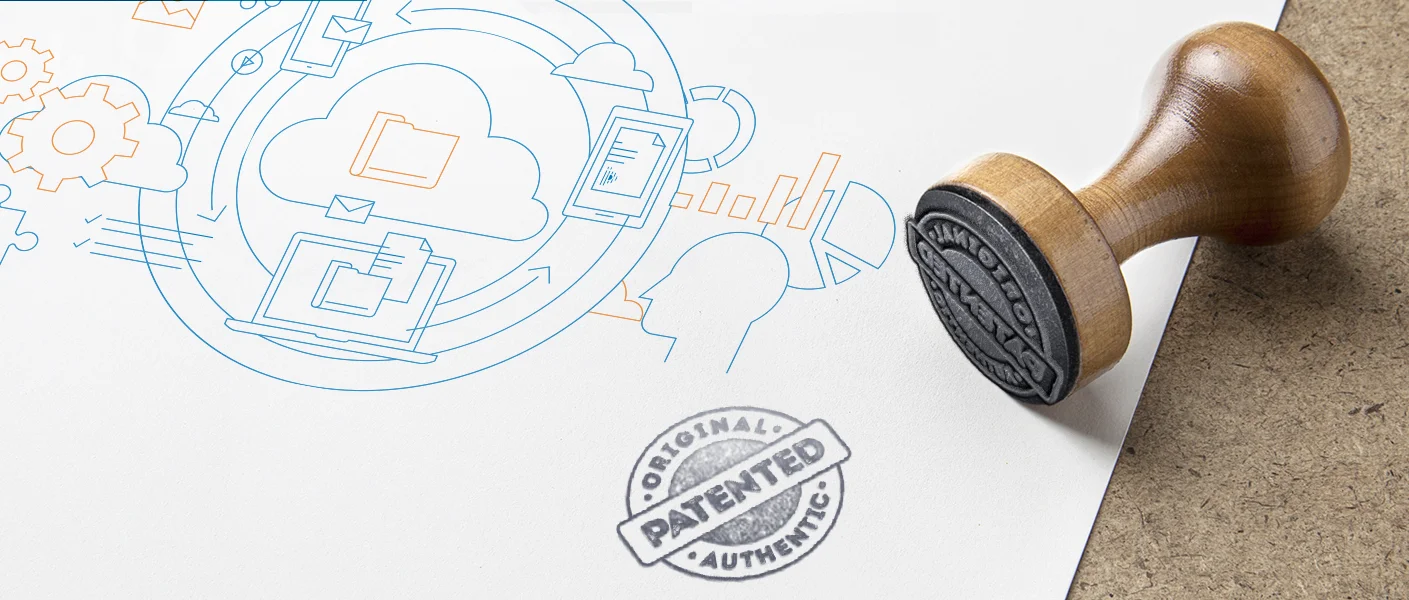Copyright vs Trademark: The Utter Confusion Between Both for Protecting a Brand Logo
April 15, 2023 By Amee ParmarSo, what brought you here? The fear that someone might steal or imitate your business logo made with a lot of creativity or the doubt about whether you can modify a logo you fell in love with? Whatever the scenario may be, here’s the legal pathway that will help you understand how you can protect your brand logo without any confusion.
When the Idea Strikes
It can be while you are showering or in between a conversation, it can be when you saw something, or even in the middle of the night; the idea for your brand logo can strike anytime, and when that eureka moment happens, the first thing we do is to write, draw, or share it with someone we trust but, the fear that somebody will steal away your thunder still lingers. Hence, the smartest way to safeguard it is by seeking legal help to mark your ownership. So how to do that? Let’s dig deeper.
Brand Logo & Its Importance
When it comes to branding, a logo is often the first thing that comes to mind. A brand logo is a graphic symbol or emblem that represents a company, organization, or individual's brand identity. It is typically a distinctive design, shape, or icon that is easily recognizable and associated with the company's products or services.
A business logo is an essential component of a brand's visual identity and is often used in marketing materials, advertising, packaging, and other promotional materials to create a strong brand image and increase brand recognition. It is a valuable visual asset that sets your venture apart from the crowd by reflecting a lot more information about your brand than you think.
Effective brand logos are simple, memorable, and visually appealing, and they communicate the brand's personality, values, and mission to its target audience. In fact, a well-designed logo can evoke positive emotions, establish trust, and create a lasting impression on consumers.
However, the legal landscape around brand logos is complex, and it's important to understand the intersection of copyright and trademark law to protect your intellectual property.
Understanding Copyright & Trademark Definitions & Differences
There are two different types of intellectual property protection - Trademark and Copyright. They are often confused with each other but are not interchangeable.
Here's a brief overview of the difference between Trademark and Copyright
Definition: A trademark is a word, phrase, symbol, or design that identifies and distinguishes the source of goods or services of one party from those of others. Copyright, on the other hand, is a legal right that grants the creator of an original work exclusive rights to control how the work is used and distributed.
Scope: Trademarks protect words, phrases, symbols, or designs that identify and distinguish goods or services in the marketplace. Copyrights protect original works of authorship, such as literary, musical, and artistic works.
Purpose: The purpose of trademarks is to prevent confusion in the marketplace by allowing consumers to identify the source of goods or services. The purpose of copyrights is to protect the creator's intellectual property and ensure that they are properly compensated for their work.
Duration: Trademarks can last indefinitely as long as they are being used in commerce and the owner continues to renew them. Copyrights generally last for the life of the author plus a certain number of years after their death, depending on the type of work and the laws in the jurisdiction where the work was created.
Registration: While registration is not required for a trademark to be enforceable, registering a trademark with the appropriate legal protections at the Office of the Registrar of Trademarks is recommended. Copyrights are automatically granted to the creator when the work is created and registered. However, to enforce copyright protections in court, it is better to register it as well.
Overlapping Rights: Copyright and trademark law can intersect when it comes to brand logos. For example, a logo may be protected by both copyright and trademark law. In this case, the owner of the copyright and the owner of the trademark, both have separate rights that can overlap.
So, What’s Best For Protecting a Brand Logo?
When it comes to protecting your business logo in India, you can consider both the legal options - copyright and trademark as both of these laws offer different types of protection for your brand.
Here are some key factors to consider when choosing between them:
Benefits of copyright protection
- Automatic protection for original works of authorship, including logos
- Longer duration of protection (lifetime of the creator plus 60 years)
- Exclusive rights to use, reproduce, distribute, and display the work
Limitations of copyright protection
- Original expressions of ideas are protected, but not the original ideas themselves
- Limited protection against infringement by similar logos in the marketplace
Benefits of trademark protection
- The owner gets the right to use, license, and sell the mark exclusively
- Stronger protection against infringement by similar marks in the marketplace
- Ability to prevent others from using your mark, even if they don't copy it exactly
Limitations of trademark protection
- Requires registration and ongoing use in commerce
- Limited protection against similar marks used in unrelated industries
When choosing between copyright and trademark protection, consider the nature of your business logo, how it will be used in commerce and the level of protection you need in the marketplace.
Step-By-Step Guide On How To Protect Your Brand Logo Effectively
To apply for trademark registration of a brand logo in India, you can follow the below steps:
- Conduct a trademark search: It is important to conduct a trademark search to ensure that your brand logo is unique and not already registered by someone else. You can conduct a search on the Indian Trademark Registry website or with the help of a logo trademark firm.
- Choose the appropriate class: Trademark applications in India are categorized into 45 different classes based on the type of goods or services. You need to choose the appropriate class that best describes the goods or services your brand logo represents.
- Create your trademark application: You can file your trademark application online at the Indian Trademark Registry website. You will need to provide details such as your name, address, and details of the business logo, including an image of the logo.
- Pay the trademark application fee: You will need to pay the trademark application fee online at the time of submitting your application. The fee can vary depending on the type of applicant and the number of classes.
- Track your trademark application: You can track the status of your trademark application on the Indian Trademark Registry website using your application number.
- Respond to objections: If there are any objections raised by the Trademark Examiner, you will need to respond to them within the stipulated time.
- Receive the trademark certificate: If your trademark application is approved, you will receive a trademark certificate that is valid for 10 years from the date of application.
It is recommended to seek the assistance of a trademark lawyer to ensure that your trademark application is filed correctly and in compliance with the trademark laws in India.
To apply for the copyright of a brand logo in India, you need to follow the steps outlined below:
- Conduct a search: Before applying for a copyright, it is important to search for the logo you created to ensure that the logo is not already copyrighted by someone else.
- Fill out the application: The next step is to fill out the application form for copyright registration of the logo. This form can be downloaded from the official website of the Copyright Office in India.
- Submit the application: Once you have filled out the application form, you need to submit it along with the required fee and documents to the Copyright Office.
- Wait for the registration: After applying, you will need to wait for the registration of your logo. It usually takes a few months for the registration to be processed.
- Receive the copyright certificate: Once the registration is complete, you will receive a copyright certificate for your logo.
Conclusion
Protecting your brand logo is crucial for maintaining your brand's identity and preventing infringement. By understanding the differences between copyright and trademark laws in India and following the steps outlined in this blog post, you can ensure that your business logo is properly protected and enforced.
However, since the process of obtaining copyright and trademark protection can be complex and time-consuming; it is advisable to seek the guidance of a qualified intellectual property firm like Parker and Parker Co. LLP to determine the best approach for your brand and to ensure that your brand logo is adequately protected.





